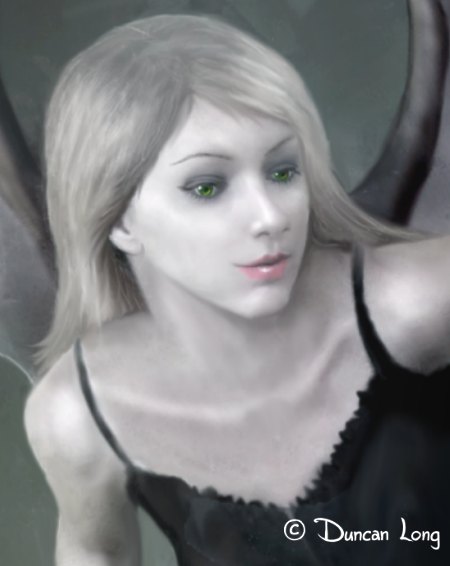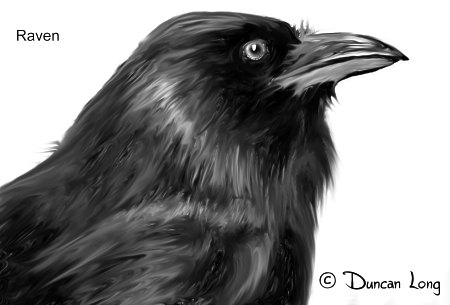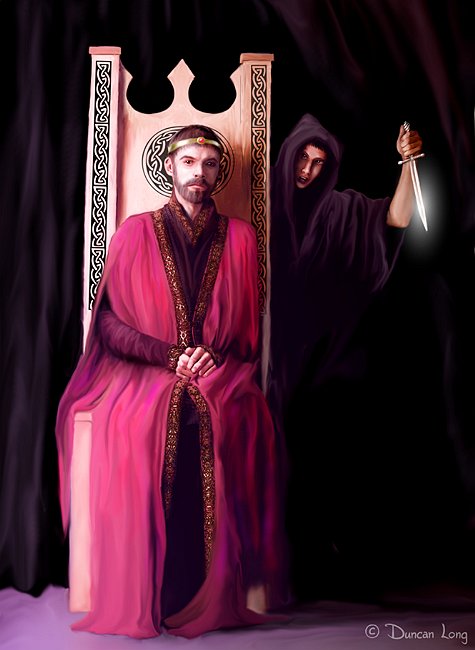Real Paintings or Digital?
filed in Book Artwork and Illustrations on Sep.28, 2010
While I have tended to plaster information about my painting techniques throughout my web site, every once in a while someone sill writes to ask if I actually paint my pictures with oils or acrylics or if they are digital paintings (which is fine – sifting through the website for one single answer is likely a waste of time).
So, the short answer: My work is digital from beginning to end, for the most part. No paper, scanning, or sketches were harmed during the making of my artwork. I’m just pushing electrons across the screen.
My background in illustration was mostly a pen-and-ink work before switching to digital (I started illustrating some of the books I was writing). That said, I strive for a painterly look which I feel builds upon recent historic trends, with Wyeth and Rockwell being strong influences on my thought and the direction I take.
My reason for taking this route is that I find these realistic styles the most powerful for illustration while also delivering something that many publishers want to buy.
Most importantly, however, the style is what I most want to see when I work. I enjoy what I do and that propels me to keep doing more.
I do most of my work is done with an old 1996-vintage version of Corel Photo-Paint, using the “oil” and watercolor brushes as well as blending/smear brushes and some brushes I’ve created myself. Currently I have a memory-and-hard-drive-crammed PC running on the very stable XP Pro OS. A Wacom graphics tablet completes the hardware.
Since I seem to experiment as I go along, the undo button is also a key tool (ha).
=====================
Duncan Long is a freelance book cover illustrator for HarperCollins, PS Publishing, Pocket Books, Solomon Press, Fort Ross, and many other publishers and self-publishing authors. See his cover illustrations at: http://DuncanLong.com/art.html
=====================
Comments Off on Real Paintings or Digital?






